Canyon Spectral AL 9.0 Review
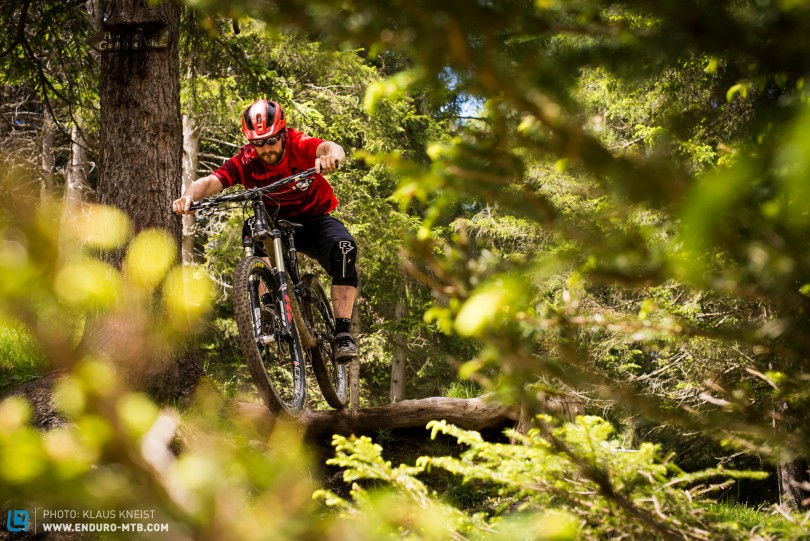
In the past months our long-term tester Christoph has ridden almost 500km and descended 30.000 metres aboard his Canyon Spectral AL. High time for a first update in order to see how the Canyon is getting on with the Alpine trails in the Garmisch Partenkirchen area.
Update January 2016: We’ve had the latest version of the Spectral in test: Canyon Spectral AL 7.0 EX Review
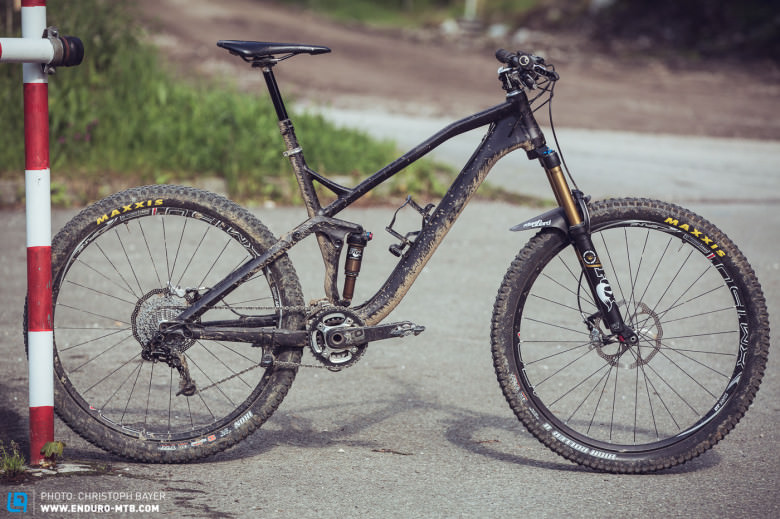
“Races were hardly a priority for me this year so I was happy to be assigned a light and fun trailbike like the Canyon Spectral”, says Christoph about his initial impressions of the long-term test bike. With a weight of just 12.6kg, pedal orientated geometry and a 2×10 SRAM X0 drivetrain, steep climbs with 1000 metre height shouldn’t be a problem. Descending the good suspension chassis with 140mm of travel should ensure a good time.
So much for the theory, how the bike actually performed in practice is what you can read here:
The long term test didn’t get off to a good start – on the very first outing riding through a compression ride 3 spokes broke on the DT Spline XM 1450 rear wheel. DT Swiss swapped the rear wheel directly for a Spline 1501XM which has performed flawlessly ever since.
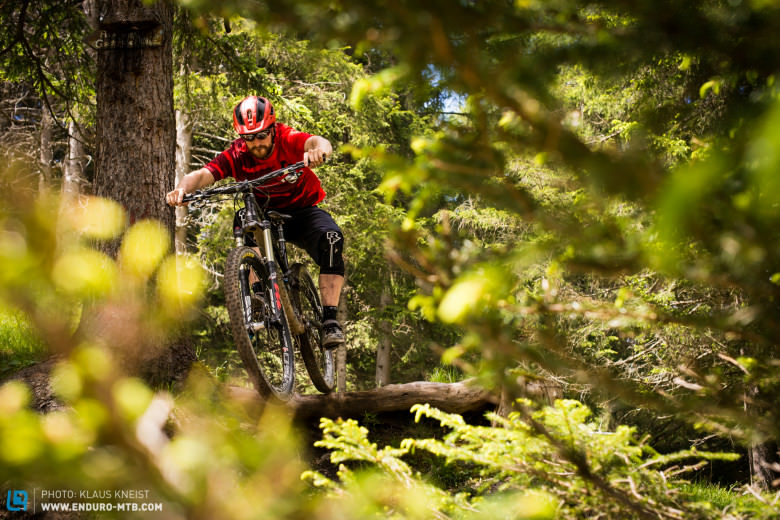
Further modifications and set-up
For my weight of 84 kg I set the Fox 32 Talas Factory fork up with 155psi and the Fox Float CTD rear shock with 200psi. After a few rides I fitted the shock with an additional volume spacer in order to increase the progression of the rear suspension a bit (more on how this works here).
The standard issue Race Face Turbine Cockpit (bars740mm / stem 70mm) were replaced soon after testing began with a wider bar and shorter stem. I choose a 800mm Race Face Sixc Carbon bar, which was shortened to 770mm and a Race Face Atlas stem in 50 mm length. I also swapped saddle to a Race Face Affect as the standard Ergon one wasn’t getting on well with my behind!
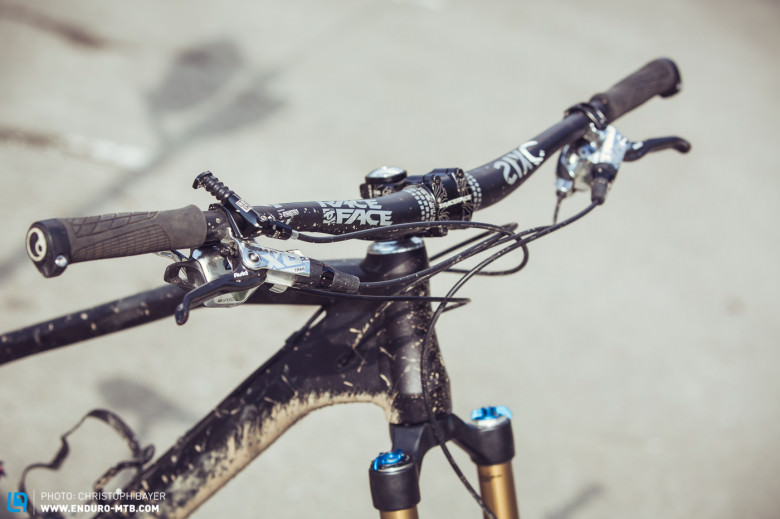
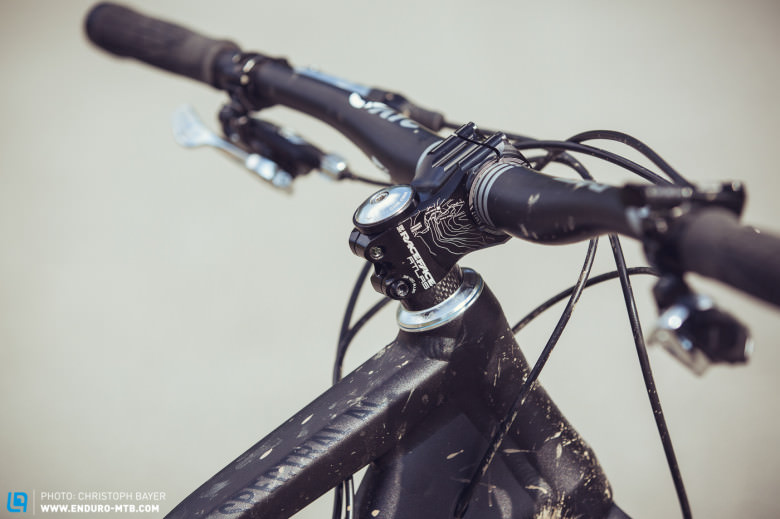
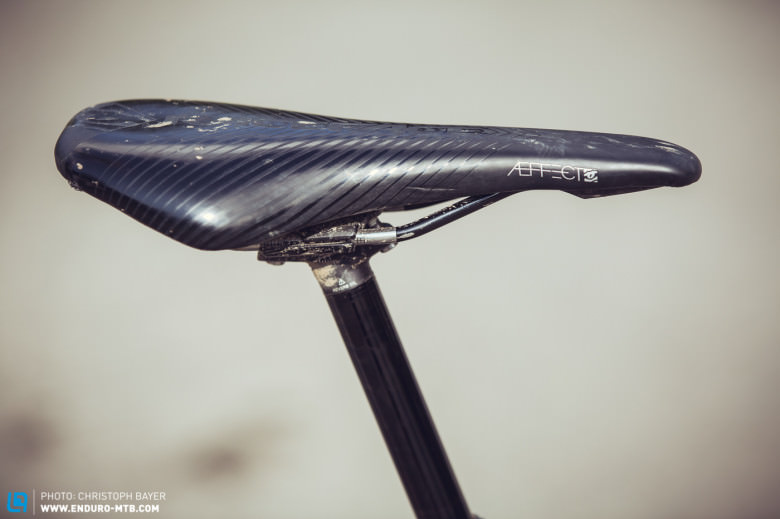
But that wasn’t quite enough; the standard spec Continental Mountain King tyres were also taken off when I converted to tubeless. Instead I fitted a Maxxis set with a Highroller II TR 2.3″ at the front and an Ikon TR 2.3″ at the rear. In dry conditions this was the perfect combination of good traction and low rolling resistance. If it got muddy or soft then I put an aggressive tyre on the back end too.
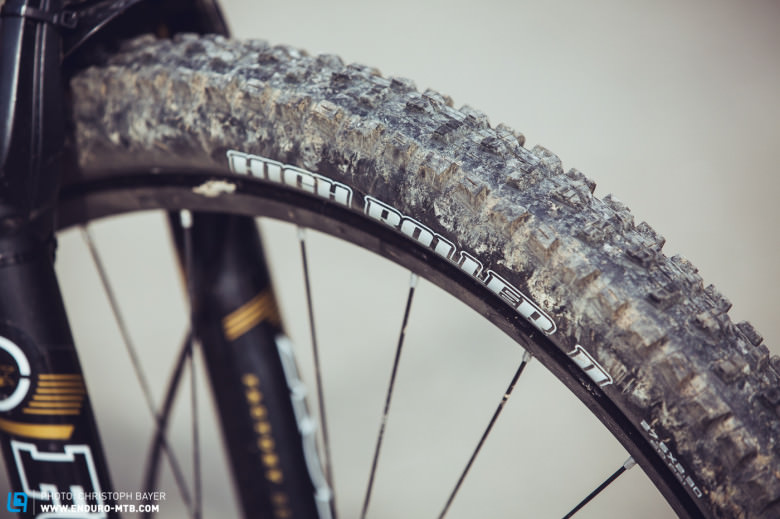
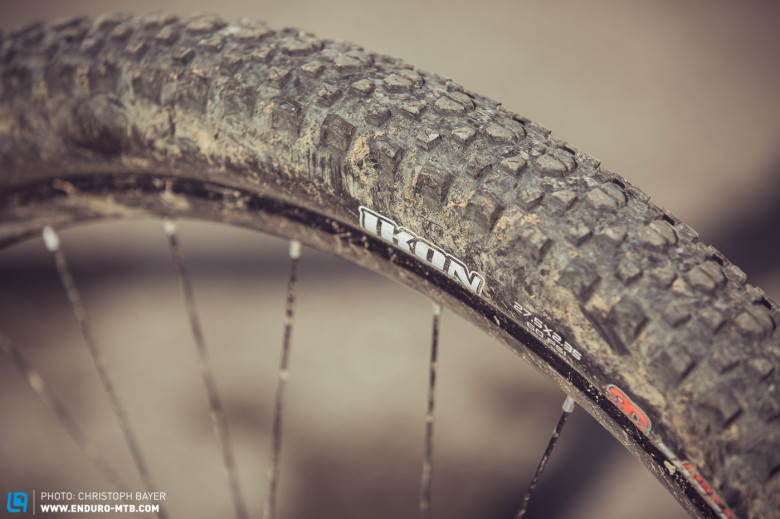
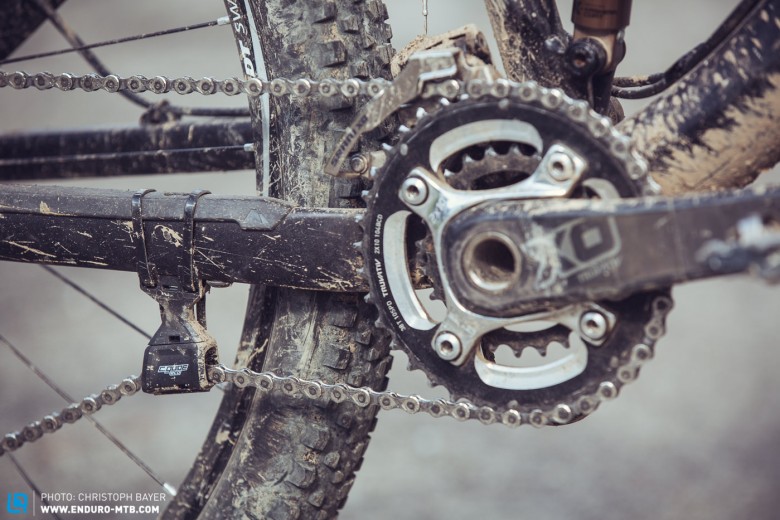
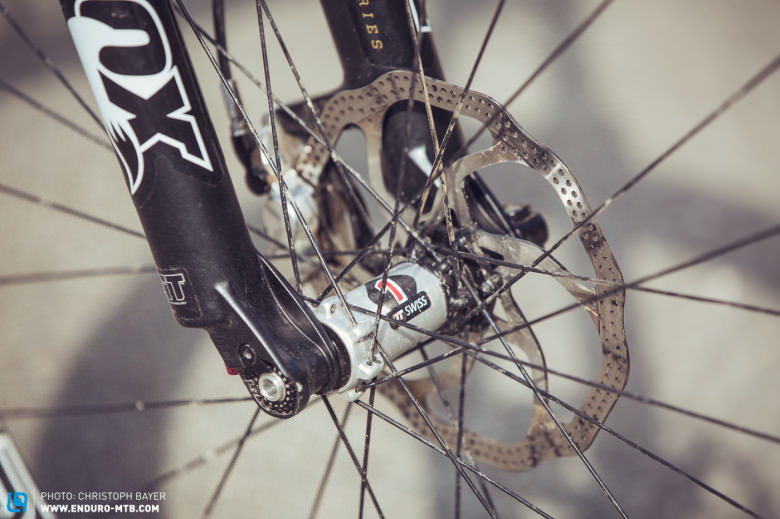
Handling of the Canyon Spectral AL
On board the Canyon Spectral AL you get to the start of the trail quickly and relaxed. That’s because of the low overall weight, well specced 2×10 drivetrain and the power-efficient suspension system, which hardly bobs even with the adjustable compression damping turned off. For long climbs and out of the saddle efforts we’d still recommend selecting the Trail or Climb mode in order to maximise forward momentum.The Maxxis Ikon tyre offers fantastically low rolling resistance but you shouldn’t inflate it with more than 1.8bar otherwise you’ll miss out on traction riding out of the saddle on loose surfaces.
With a reach of 440mm (size L) the riding position was very comfortable and central on the bike for a rider height of 180cm. The steeply sloping top tube gives lots of room to move about on descents whilst the 17mm bottom bracket drop gives the pilot the feeling of standing in not on the bike.
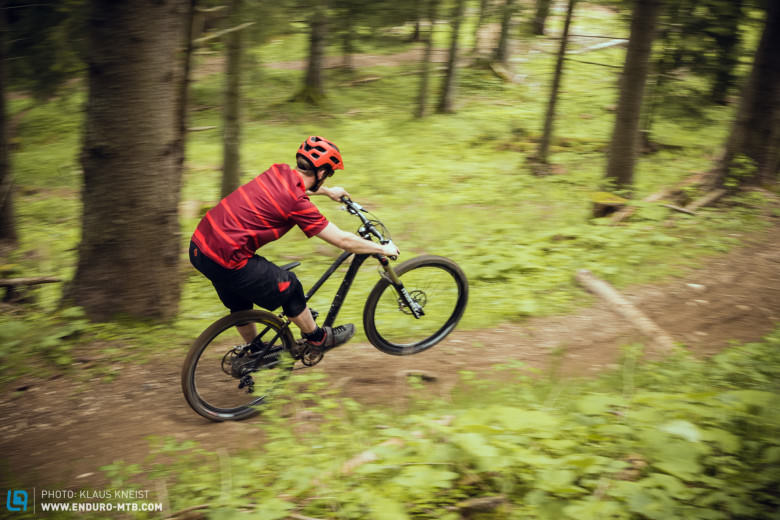
With a 67° head tube angle and 140mm travel you won’t make the bike sweat at high speeds yet it is still pleasantly agile, sprightly and nimble on the trail thanks to the short 430mm chainstays. The agility and active suspension combine to encourage the rider to jump over obstacles and push through compressions building even more speed – a first class fun bike!

On descents I ride the Fox 32 Talas Factory fork in the soft ‘Trail’ mode. The fork is plush but doesn’t drop too deep into its travel or dive under braking. Since having the rear shock volume reducer fitted I always ride downhill in the descend mode. With these settings the front and rear suspension feel balanced. The bike absorbs irregularities but still gives the rider plenty of feedback. The end-progression is much more pronounced after the shock tune and bottoming out is no longer an issue.
After the modifications the Canyon Spectral AL was exactly the bike I’d wanted for this season. A fun-loving trail bike, perfect for my local riding. Our big race-bike group test in Issue #010 showed that with a few changes it also has the stuff to become a lightning fast race bike. The long steerer tube and potent rear suspension are the factors that make the handling so confident.
For more information on the Canyon Spectral AL visit the Canyon website
Fancy a higher end spec of the Canyon Spectral? Take a look at our Canyon Spectral CF Custom Review
Words: Christoph Bayer Photos: Klaus Kneist / Christoph Bayer
Did you enjoy this article? If so, we would be stoked if you decide to support us with a monthly contribution. By becoming a supporter of ENDURO, you will help secure a sustainable future for high-quality mountain bike journalism. Click here to learn more.








